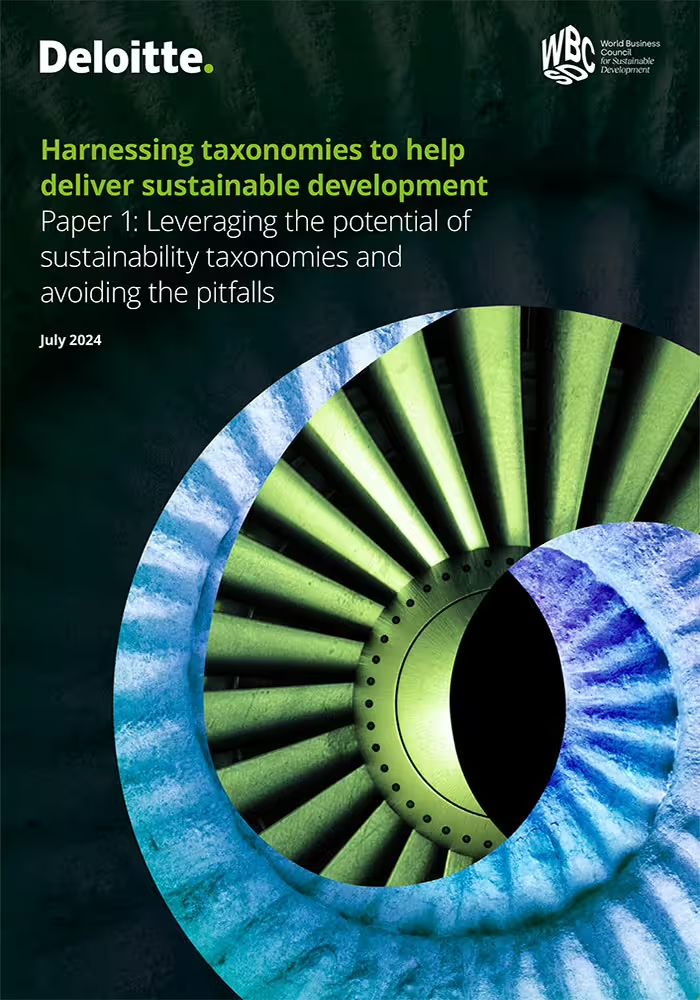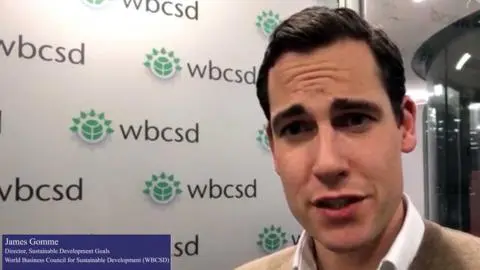Leveraging the potential of sustainability taxonomies and avoiding the pitfalls

Published
22 July, 2024Type
Publication
Sustainability taxonomies are becoming central to the regulatory landscape, defining and classifying sustainable economic activities. Properly leveraging these frameworks is crucial for companies to align with governmental sustainable development priorities and to attract capital. In response to growing corporate needs for understanding and aligning with taxonomies, WBCSD, in collaboration with Deloitte, presents the first paper in the “Harnessing Sustainability Taxonomies” series.
This comprehensive report addresses the proliferation of over 50 global sustainability taxonomies, exploring their development, implementation challenges, and potential improvements. Despite the complexity and fragmentation in the current landscape, most taxonomies share common components: clear scope, objectives, eligibility, and performance criteria. Understanding these elements is essential for companies to align their operations with regulatory expectations, enhance market confidence and engage with the capital markets on their sustainability performance.
Key insights from the paper include:
- Inception and Evolution: The majority of sustainability taxonomies are relatively new, with many either under 24 months old or still in development.
- Mandatory Shift: A trend towards mandatory sustainability taxonomies is emerging, impacting economic activities globally.
- Economic and Social Significance: These taxonomies influence significant portions of the global GDP and are increasingly incorporating social objectives alongside environmental goals.
We aim to contribute to the ongoing development and successful implementation of sustainability taxonomies, fostering collaboration among various stakeholders. Through this, we will support the transition towards sustainable market economies by offering valuable knowledge and practical actions for companies to align with sustainability taxonomy frameworks.
Download the full report to explore how your organization can navigate and leverage the emerging landscape of sustainability taxonomies.



